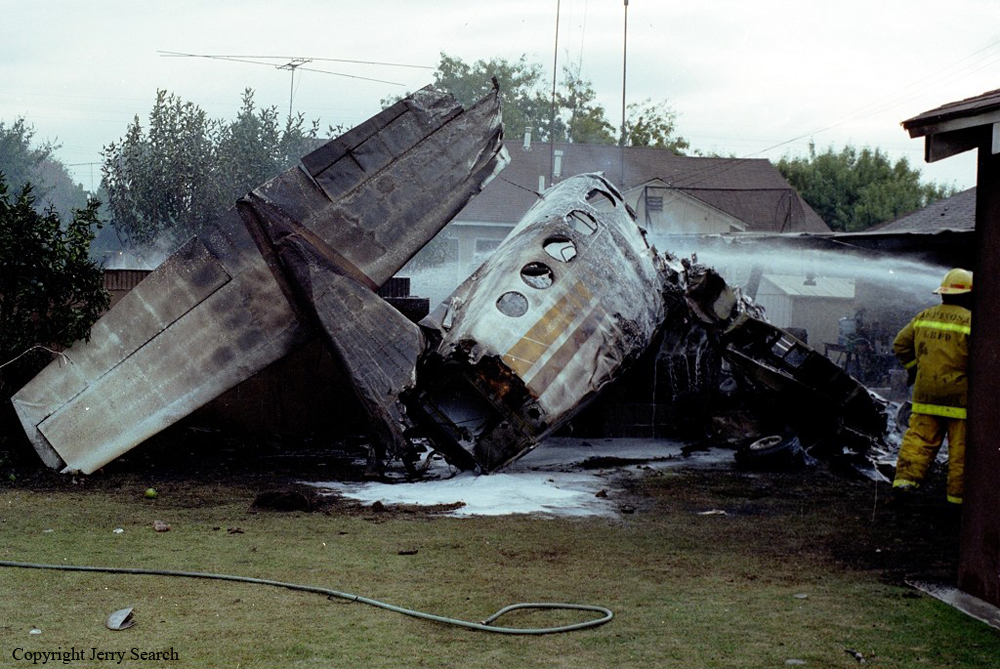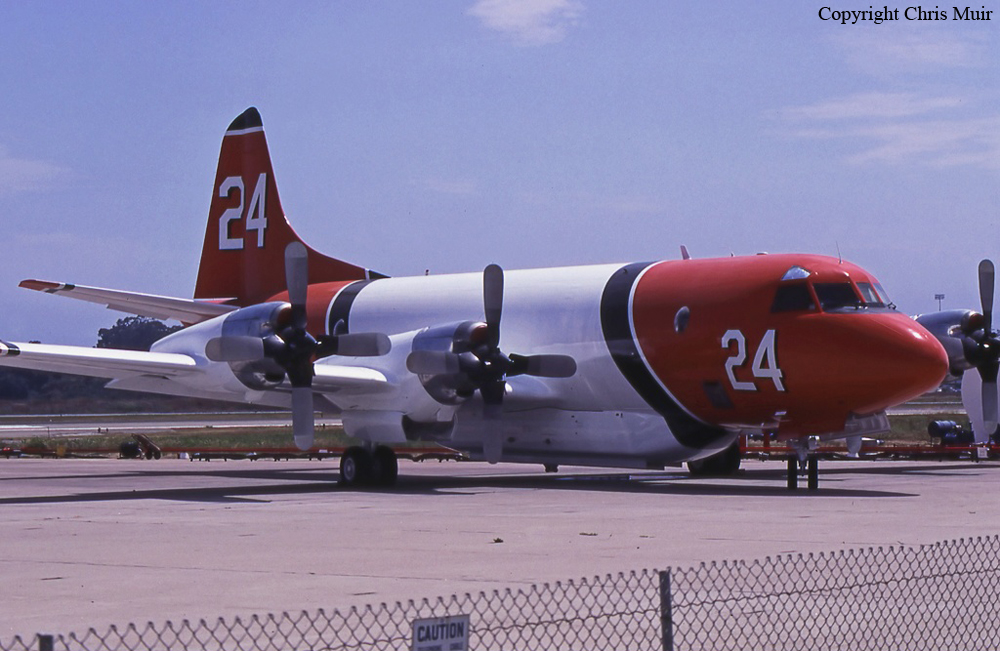Crash of a Cessna 402B in Boise: 2 killed
Date & Time:
Nov 16, 1991 at 0256 LT
Registration:
N29517
Survivors:
No
Schedule:
Boise - Pocatello
MSN:
402B-0031
YOM:
1970
Crew on board:
1
Crew fatalities:
Pax on board:
1
Pax fatalities:
Other fatalities:
Total fatalities:
2
Captain / Total hours on type:
450.00
Aircraft flight hours:
6994
Circumstances:
The pilot announced he had an engine failure during initial climb at 300-400 feet agl after takeoff on a VFR night cargo flight. The tower controller cleared the flight to return to the airport and land on any runway. The aircraft entered a right descending turn, impacted the ground one mile from the airport, and ignited in flames. Evidence indicated the right engine was not operating at impact. The landing gear was down and the right propeller was in the high pitch position. Exam of the right engine revealed blocked fuel injectors, incorrect size fuel injectors, fuel pump out of adjustment, and burned/pitted breaker points in a magneto. Both occupants were killed.
Probable cause:
The loss of power on the right engine during initial climb after takeoff due to inadequate maintenance inspection and adjustment of the engine by company maintenance personnel, and the loss of control by the pilot due to his failure to properly configure the aircraft and perform a proper single engine climb maneuver, and his failure to maintain single engine climb airspeed. A factor relating to the accident was the dark night light conditions.
Final Report:






